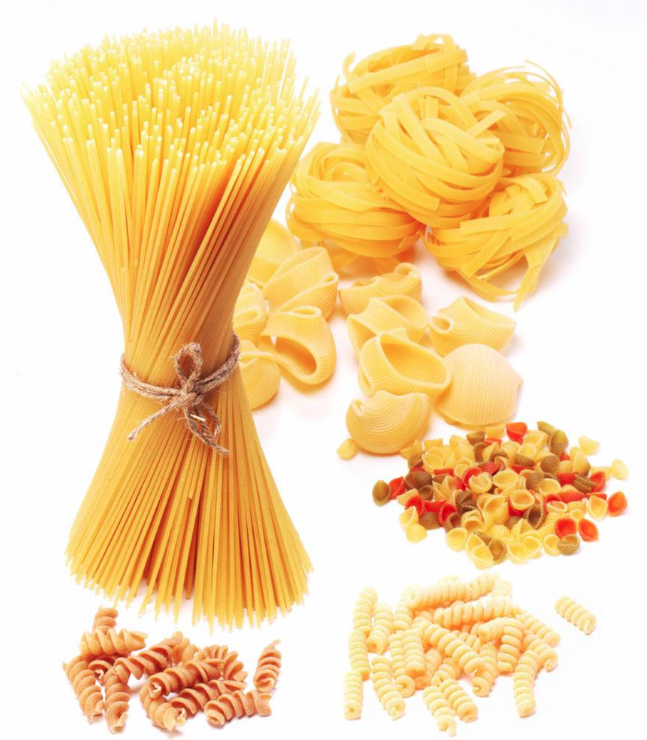 中
EN
中
EN
 中
EN
中
EN
Baking:
Superbly light and deliciously fresh baked goods straight from the oven are one of life’s great pleasures. Every manner of baking has its own character. But the choice and blend of ingredients make the fine distinction. This also applies to the various baking actions needed to achieve an optimum result in the texture and the volume of baked goods.
Acidic phosphates (such as sodium pyrophosphate, calcium hydrogen phosphate) are commonly used as puffing acids for baked products, and bicarbonate reacts to provide the carbon dioxide gas needed for the baking process.
Different phosphates have different dough reaction rates (ROR), and phosphate can be reasonably selected according to the expected baking effect (swelling volume, pore structure, taste).
Phosphate can also be used as flour regulator, dough modifier, buffer and yeast nutrition agent.
Phosphate as a noodle quality modifier is widely used in the processing of instant noodles and ordinary noodles, its main role is:
A. Increase the degree of starch gelatinization, increase the ability of starch to absorb water, so that the water holding of the dough increases, so that instant noodles rehydration fast, easy to bubble;
B. Enhance the water absorption and swelling performance of gluten protein, improve its elasticity, so that the noodles taste smooth and have fascia, boiling and foaming resistance;
C. Phosphate excellent cushioning effect can stabilize the ph value of the dough, prevent discoloration, spoilage, improve flavor and taste;
D. Phosphate in the dough can be combined with metal cations, glucose groups have a "bridge" effect, the formation of starch molecules cross-linked, so that high temperature cooking, high-temperature fried noodles can still maintain the viscoelastic characteristics of starch colloids after rehydration; E. Improve the finish of noodles;
Leavening acids
Key to baking success are the rate of reaction (ROR) and the neutralisation value. This is because the volume, density and structural quality of baking products are predominantly determined by the gas produced by the leavening acid used and its reaction partner, the carbon dioxide carrier.
Dough & flour improvement
While the neutralisation value indicates the quantity of carbon dioxide carrier to be neutralised, the ROR value tells us how much gas the leavening acid has already generated in the mixture. The ROR value is the quantity of carbon dioxide as a percentage released by the leavening acid under standard conditions after eight minutes.
Differences in the flour quality influence the elasticity and consistency of doughs. Calcium phosphates are used to optimise the knead tolerance and to enhance stability as well as the anti-caking quality.
Due to their buffer capacity, they stabilise the pH value: a stable acid/base balance prevents a move into unacceptable pH ranges - a too low pH value can lead to a one-sided acidic taste and a too high pH value results in a soapy alkaline taste. For yeast doughs, they provide the optimum pH value for the yeast action and at the same time eliminate any unwelcome stringiness.
